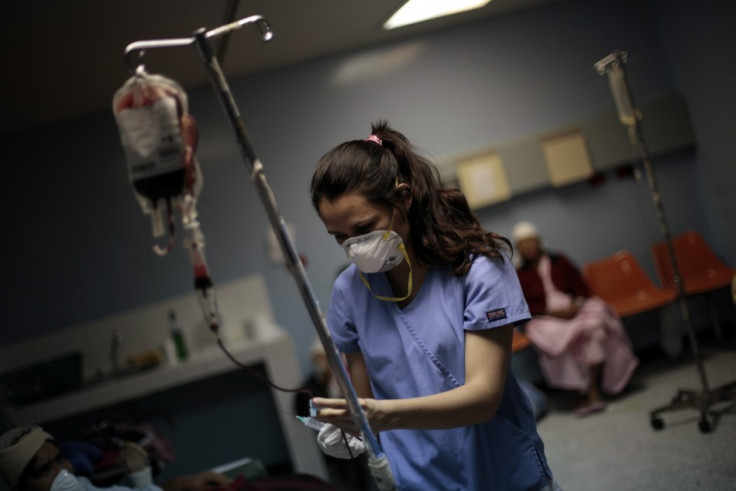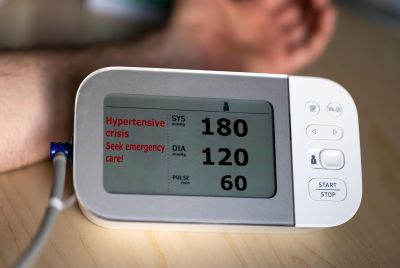World Sickle Cell Day 2014: Causes, Symptoms and Treatments

World Sickle Cell Day, celebrated on 19 June, is designated to raise awareness of Sickle Cell Disease (SCD), which affects an estimated 500,000 newborns every year.
SCD is genetic and is the cause of a high rate of infant mortality in four different continents: sub-Saharan Africa and the Maghrib, North and South America and South Europe.
Here is what you should know about SCD, its symptoms and possible cures.
What is SCD?
SCD is a genetic red blood disorder. The red blood cells of people who suffer from SCD are shaped abnormally and prevent the stream of blood and oxygen to reach organs. Instead of being round-shaped, the blood cells are shaped as sickles, or crescents.
Who is affected by SDC?
According to the Centre for Disease Control and prevention (CDC), this disease affects mainly people whose ancestors come from Sub-Saharan Africa.
The World Health Organisation (WHO) estimated that SCD contributes to 5% of the deaths of children younger than five in some African countries.
What are SCD symptoms?
There are several symptoms related to SCD. These symptoms, however, often do not manifest until an infant is four-months-old.
The symptoms include:
Sickle cell crisis
The crisis occurs when the sickle cells blocks the blood flow through vessels.
During the crisis people experience intense pain which lasts from a few minutes, to entire days. During the crisis, parts of the body – such as feet, hands, ribs, abdomen and pelvis - can swell.
Anaemia
Abnormal cells have a shorter life (less than 20 days) compared to normal cells, which live for 120 days. This results in a shortage of blood cells in the body, which causes anaemia.
Fatigue, irregular heartbeat and difficulties in breathing are common symptoms of anaemia.
High risks of infection
People affected by SCD are at high risks of infection as it prevents the spleen ( which filters bacteria and viruses from blood) from functioning properly. Children are particularly vulnerable to lung, bone infections and meningitis (which attacks the brain).
Children with SCD have to take antibiotics daily.
Delayed growth
As oxygen is required for physical development, children with SCD might experience delayed growth and late puberty (around 13-14 years of age).
Stroke
A stroke can be caused when the supply of blood is blocked by the sickle cells.
Priapism
Young boy(s) and men affected by SCD may experience a persistent and painful erection of the penis. Priapism usually occurs during a sickle day crisis.
Yellowing of skin and eyes
Jaundice (yellowing of the skin and the whites of the eyes) occurs as the shortage of red blood cells leads to a build-up of waste in the body.
How is SCD diagnosed?
SCD is diagnosed with a blood test. It is often found at birth, while doctors carry out routine screening tests on the newborn.
Can SCD be cured?
SCD can be cured through bone marrow or cell transplant.
Treatments can reduce pain, swelling and risk of infections.
People who develop anaemia due to SCD might require frequent blood transfusions to prevent complications.
© Copyright IBTimes 2025. All rights reserved.






















